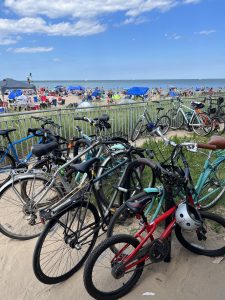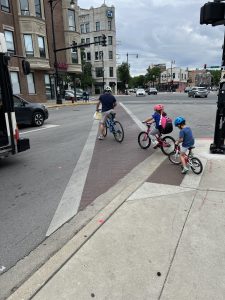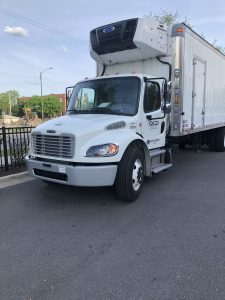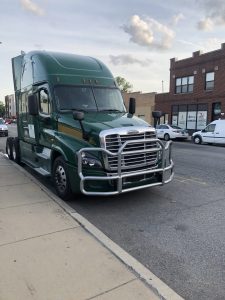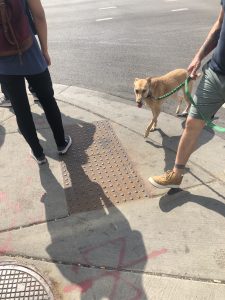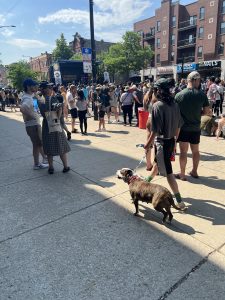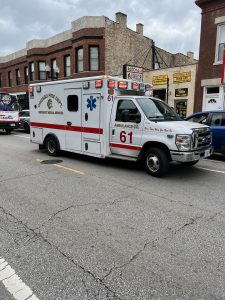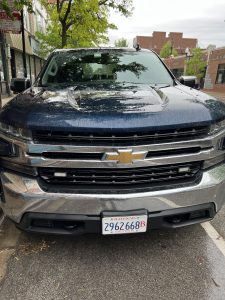Bicycle riding, while offering a host of benefits such as improved physical health, reduced environmental impact, and an economical mode of transportation, also comes with its risks, particularly in urban environments like Chicago. Cyclists often share the road with larger, faster-moving vehicles, increasing the potential for accidents and injuries. Among the most distressing types of these incidents are hit-and-run accidents, where the responsible party leaves the scene, often leaving the cyclist with injuries and no immediate means to claim compensation. Understanding the intricacies of bicycle injuries, the importance of immediate medical care, and how insurance can play a critical role in such situations is crucial for every cyclist. The Chicago personal injury law firm of Zneimer & Zneimer PC has encountered people with serious injuries as a result of bike vs. automobile accidents.
Bicycle injuries can range from minor scrapes and bruises to more severe injuries such as head traumas, broken bones, internal bleeding, or even spinal injuries. The severity of injuries can often be compounded by the lack of physical protection that bicycles offer compared to motor vehicles. This vulnerability underscores the importance of seeking immediate medical attention following an accident, even if the injuries appear minor initially. Some injuries, especially internal ones, may not manifest symptoms immediately but could have serious, long-lasting effects.
Immediate medical care not only facilitates a quicker recovery but also plays a pivotal role in legal claims related to the accident. Medical records serve as vital evidence in documenting the injuries sustained and their impact on the victim’s life, which is essential for pursuing compensation.
One of the complexities arising from hit-and-run accidents is the challenge of identifying and claiming compensation from the fleeing party. However, cyclists may have options through their own insurance policies or those of a family member. Many are unaware that certain types of insurance coverage, such as uninsured motorist (UM) or underinsured motorist (UIM) policies, can offer protection in these scenarios. Continue reading




